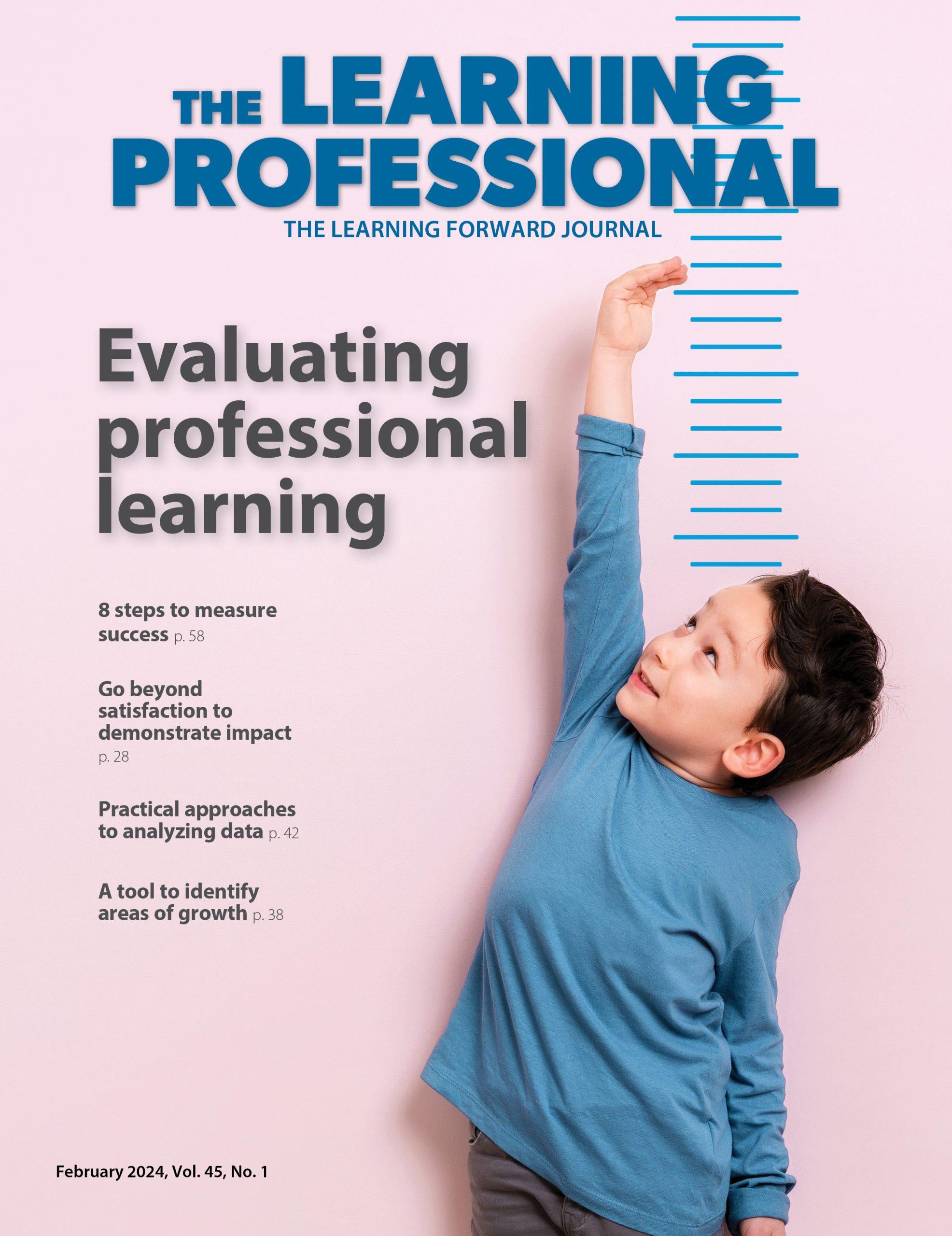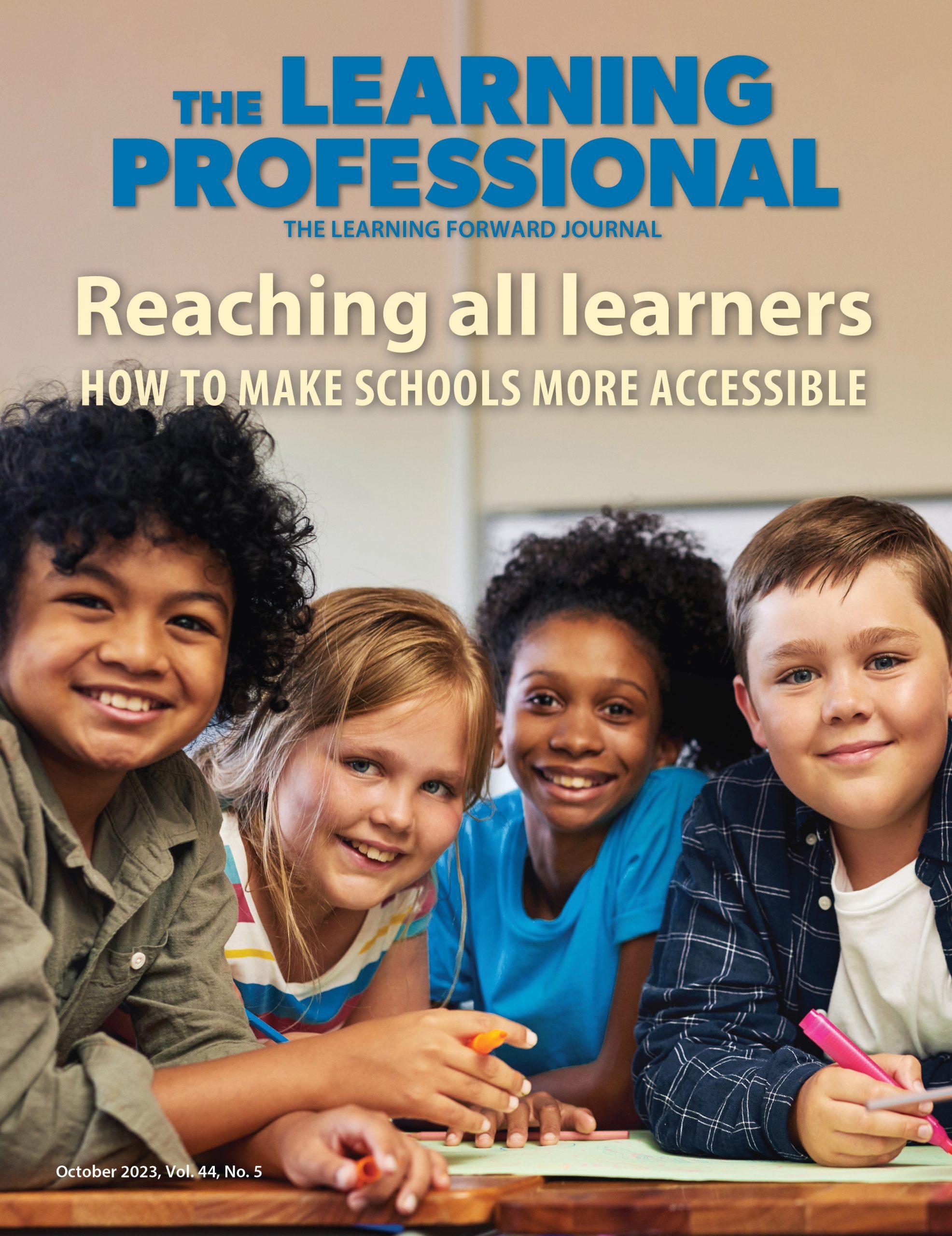FOCUS
To support new teachers of color, build communities, not committees
By Jay Garvey Shah, Sarada Hanumadass Weber, Antonio Hoye, Marisa Flowers and
Categories: Career pathways, Collaboration, Equity, Leadership, Learning communities, Mentoring & induction, Teacher leadershipAugust 2022
Read the remaining content with membership access. Join or log in below to continue.
Sed ut perspiciatis unde omnis iste natus error sit voluptatem accusantium doloremque laudantium, totam rem aperiam, eaque ipsa quae ab illo inventore veritatis et quasi architecto beatae vitae dicta sunt explicabo. Nemo enim ipsam voluptatem quia voluptas sit aspernatur aut odit aut fugit, sed quia consequuntur magni dolores eos qui ratione voluptatem sequi nesciunt. Neque porro quisquam est, qui dolorem ipsum quia dolor sit amet, consectetur, adipisci velit, sed quia non numquam eius modi tempora incidunt ut labore et dolore magnam aliquam quaerat voluptatem.
What these lead partners say
Antonio Hoye: “I have a deep appreciation for the opportunities out of my own district that have opened doors for me to experience this with others. … It has helped me continue to find my value in supporting our students.”
Jay Garvey Shah: “… [T]he level of discrimination and systemic racism and the universality of some of those things are surprising. I don’t know if I didn’t predict it or if I wasn’t thinking about it, but some of the things were unfortunate and came as a surprise.”
Sarada Hanumadass Weber: “What does it mean to be the ‘only’ in my department? The design of this program took the burden of judgment away and freed us to have these conversations.”
References
Gershenson, S., Hart, C.M., Hyman, J., Lindsay, C., & Papageorge, N. (2018). The long-run impacts of same-race teachers. National Bureau of Economic Research. doi.org/10.3386/w25254
Modan, N. (2022, March 25). Report suggests ‘invisible tax’ levied against Black male educators. www.k12dive.com/news/report-suggests-invisible-tax-levied-against-black-male-educators/621044/
Categories: Career pathways, Collaboration, Equity, Leadership, Learning communities, Mentoring & induction, Teacher leadership
Recent Issues
TAKING THE NEXT STEP
December 2023
Professional learning can open up new roles and challenges and help...
REACHING ALL LEARNERS
October 2023
Both special education and general education teachers need support to help...
THE TIME DILEMMA
August 2023
Prioritizing professional learning time is an investment in educators and...
ACCELERATING LEARNING
June 2023
Acceleration aims to ensure all students overcome learning gaps to do...













